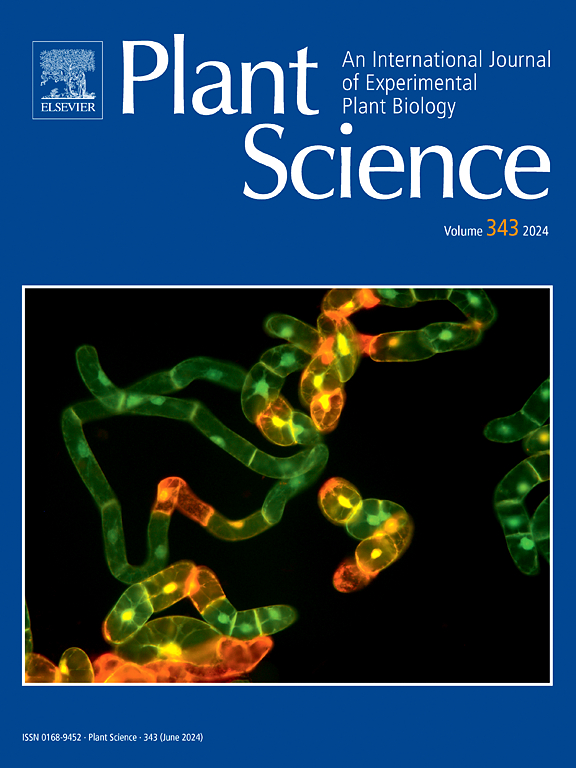The evolving role of histone H1 in shaping chromatin and epigenetic landscapes
IF 4.2
2区 生物学
Q2 BIOCHEMISTRY & MOLECULAR BIOLOGY
引用次数: 0
Abstract
Histone H1, long recognized for its fundamental role in stabilizing nucleosomes and compacting chromatin, is now emerging as a highly dynamic and versatile regulator essential for diverse nuclear processes. This review synthesizes recent advancements that move beyond H1's canonical structural functions, illuminating its intricate, often context-dependent, control over epigenetic modifications, gene expression, and 3D genome organization across eukaryotes. H1’s ability to modulate chromatin accessibility and architecture, influenced by its local density, variant composition, and dynamic binding, dictates its species- and locus-specific impacts. H1 critically shapes DNA methylation landscapes and the deposition of key histone marks H3K27me3, often by affecting enzyme accessibility and inter-pathway dynamics. Its transcriptional impact transcends canonical transposable element silencing, extending to the selective fine-tuning of gene expression, with certain H1 variants even functioning as direct transcriptional activators. Regarding 3D genome organization, while H1's local density drives compartmentalization and influences epigenetic states in mammals, in Arabidopsis, it exhibits more complex, locus-specific roles including modulating telomere clustering, interstitial telomeric repeat insulation, and facilitating phase separation for heterochromatin foci assembly. Collectively, these findings establish histone H1 not merely as a structural backbone, but as a sophisticated regulator that intricately links chromatin's physical state to its functional outputs, profoundly impacting genome integrity, gene regulation, and cellular identity.
组蛋白H1在形成染色质和表观遗传景观中的进化作用。
组蛋白H1,长期以来被认为是稳定核小体和致密染色质的基本作用,现在正在成为多种核过程中必不可少的高度动态和多功能调节因子。这篇综述综合了超越H1规范结构功能的最新进展,阐明了其复杂的、通常依赖于环境的、对真核生物表观遗传修饰、基因表达和3D基因组组织的控制。H1调节染色质可及性和结构的能力,受其局部密度、变异组成和动态结合的影响,决定了其物种和位点特异性影响。H1通常通过影响酶的可及性和通路间动力学来影响DNA甲基化景观和关键组蛋白标记H3K27me3的沉积。它的转录影响超越了典型的转座因子沉默,延伸到基因表达的选择性微调,某些H1变异甚至可以作为直接转录激活因子。关于三维基因组组织,虽然H1的局部密度驱动分隔化并影响哺乳动物的表观遗传状态,但在拟南芥中,它表现出更复杂的、位点特异性的作用,包括调节端粒聚类、间质端粒重复绝缘和促进异染色质焦点组装的相分离。总的来说,这些发现表明组蛋白H1不仅是一个结构骨干,而且是一个复杂的调节器,将染色质的物理状态与其功能输出复杂地联系起来,深刻地影响基因组完整性、基因调控和细胞身份。
本文章由计算机程序翻译,如有差异,请以英文原文为准。
求助全文
约1分钟内获得全文
求助全文
来源期刊

Plant Science
生物-生化与分子生物学
CiteScore
9.10
自引率
1.90%
发文量
322
审稿时长
33 days
期刊介绍:
Plant Science will publish in the minimum of time, research manuscripts as well as commissioned reviews and commentaries recommended by its referees in all areas of experimental plant biology with emphasis in the broad areas of genomics, proteomics, biochemistry (including enzymology), physiology, cell biology, development, genetics, functional plant breeding, systems biology and the interaction of plants with the environment.
Manuscripts for full consideration should be written concisely and essentially as a final report. The main criterion for publication is that the manuscript must contain original and significant insights that lead to a better understanding of fundamental plant biology. Papers centering on plant cell culture should be of interest to a wide audience and methods employed result in a substantial improvement over existing established techniques and approaches. Methods papers are welcome only when the technique(s) described is novel or provides a major advancement of established protocols.
 求助内容:
求助内容: 应助结果提醒方式:
应助结果提醒方式:


